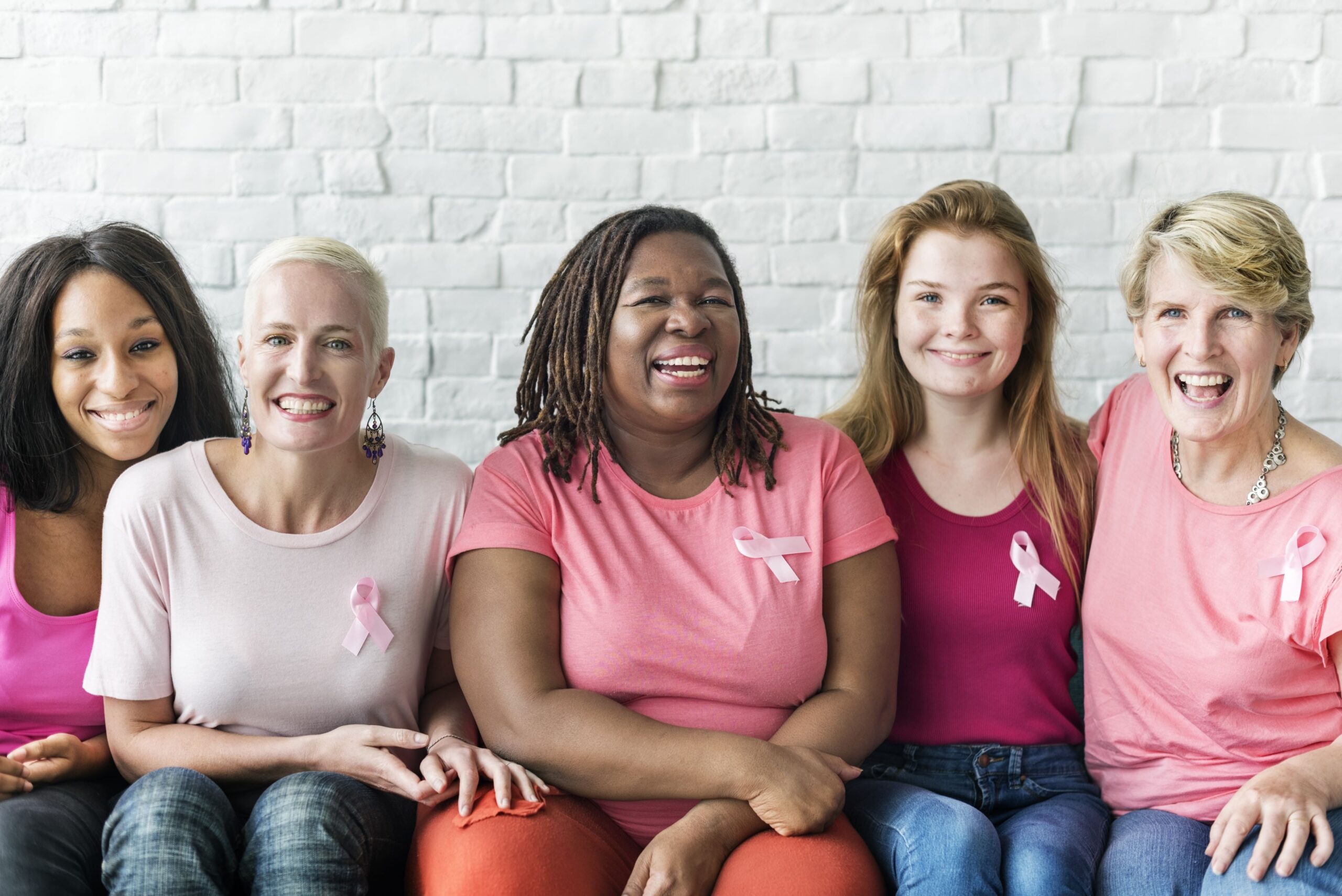
It’s Breast Cancer Awareness month! For us, it’s a reminder to spread the word about prevention while providing support to those who have been affected by breast cancer. 1 in 8 women are diagnosed with breast cancer during their lifetime, which is a number that can be changed over time, with awareness and early detention.
What can you do to help yourself and your loved ones?
Self-Exams: Approximately 50% of cases of breast cancer in women age 50 and over, and 71% of cases of breast cancer in women younger than 50 were self-detected. The importance of a self-exam is understanding how your breasts normally look and feel, so that if there are any notable changes, you can see a doctor right away to get to the root of any issues.
First you would begin by looking at your breasts in the mirror with shoulders straight and arms by your side. Notice their usual size, shape, color. If there are changes like dimpling, puckering, bulging of the skin, a nipple that has changed position, or any sign of redness, soreness, rash or swelling, this would be information to bring to your doctor’s attention. Next, raise your arms and look for the same changes.
Next look for signs of breast fluid that might be watery, milky, yellowish, or even blood.
Next, you would feel them lying on your back. Take the first few finger pads of your hand and check your breast on the opposite side of your body in a circular motion and be sure to cover each breast from top to bottom and side to side- from your collarbone to the top of your abdomen and from your armpit to your cleavage. Using some pressure, you should be able to feel down into your ribcage.
Also, feel your breasts while standing or sitting. This can be done in the shower or any time you can take a few moments to pay attention to this process.
If you feel a lump or anything that seems alarming, try to keep calm. Many women have some lumps or lumpy areas in their breasts and many times they are benign. The next step would be to call your doctor to discuss what you’ve found so they can help you discern the next step in this process.
Early Screening: According to the US Preventative Services Task Force, women should start mammogram screening at age 40. Then you should repeat your mammograms every other year thereafter through the age of 74. This guidance is not standard protocol for those who are considered to be at higher risk. So, making sure to see your doctor and providing as much family health history, your own health history and life circumstances will be key to knowing how to move forward with prevention and early screening.
Support System: Stress and lifestyle contribute to our health. Over 240,000 people in the US each year are diagnosed with breast cancer. And while the majority of those diagnosed are women, men have been diagnosed as well. As so many are affected by breast cancer, it is important to maintain and nurture your support system. Our family and friends are who we go to when things go wrong, and we want to be there for them when our loved ones experience challenges as well. While having doctors, therapists and other professionals is important to maintain throughout our life, having a strong support system starts with those we love. We encourage you to remind yourself of this fact and support those you know who are going through health challenges too.
Final Thoughts: We need to be our own advocate when it comes to our health care. Know your own body and how it feels normally, so that you can detect when something is wrong. Take your health seriously and be sure to get your screenings when recommended so that early detection is possible. Educate yourself on the risks, so that you can make the best choices for yourself when it comes to your health. Be there for others, because at the end of the day, we’re in this together.
References:
https://www.breastcancer.org/screening-testing/breast-self-exam-bse






